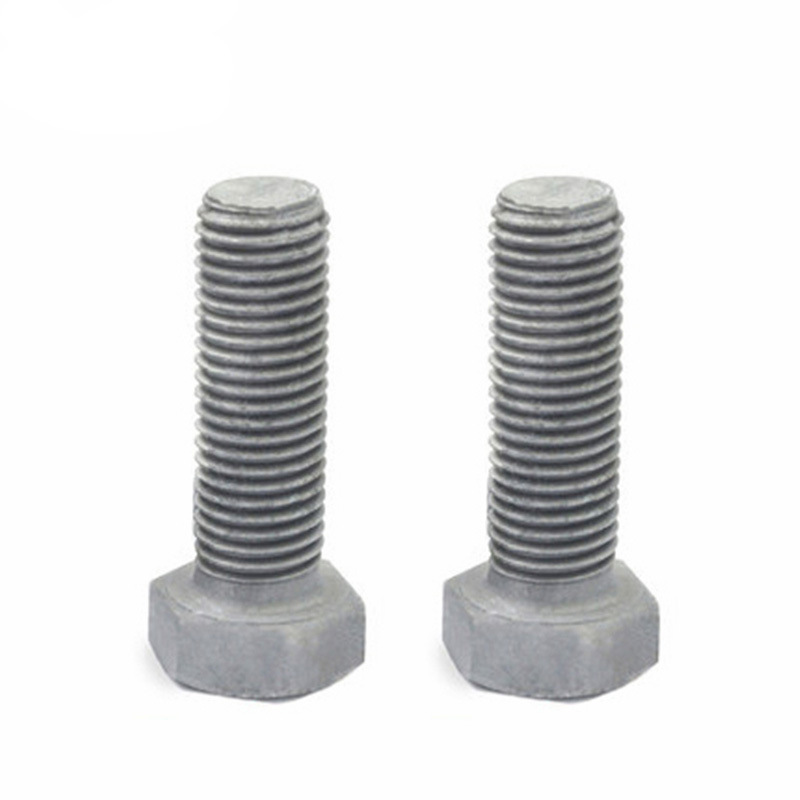

Understanding Self-Drilling Tapping Screws for Steel Applications and Their Benefits
Nov . 09, 2024 07:51 Back to list
Understanding Self-Drilling Tapping Screws for Steel Applications and Their Benefits
Self-Drilling Tapping Screws in Steel An Overview
Self-drilling tapping screws are essential fasteners that play a critical role in various construction and manufacturing applications. Engineered for versatility and strength, these screws offer a unique combination of features that make them ideal for joining metal components, particularly steel. In this article, we will explore the characteristics, applications, advantages, and installation techniques of self-drilling tapping screws in steel.
What are Self-Drilling Tapping Screws?
Self-drilling tapping screws are specialized screws designed with a drill point at the end, allowing them to create their own hole as they are driven into the material. This feature eliminates the need for pre-drilling, making installation more efficient. The tapping portion of the screw engages with the material, creating internal threads that securely anchor the screw in place. This combination allows for quick assembly, saving both time and labor costs in construction projects.
Key Characteristics
1. Drill Point The self-drilling tip typically includes a sharp point and cutting edges that allow for penetration into hard materials like steel without pre-drilling. 2. Material Composition High-quality self-drilling tapping screws are often made from hardened steel, which enhances their strength and durability. Some variations may be coated with additional materials to provide corrosion resistance.
3. Thread Design These screws are designed with distinct thread patterns that facilitate engagement with the material, providing a secure hold even under stress. The thread design also aids in reducing the possibility of stripping.
4. Variety of Head Styles Self-drilling screws come in various head styles, including hex, pan, and flat, allowing for a wide range of applications and aesthetic considerations.
Applications
Self-drilling tapping screws are widely utilized in industries such as construction, automotive, and manufacturing. Their ability to swiftly penetrate steel makes them advantageous for
- Structural Steel Construction Used to connect steel beams and columns, providing strength and stability to structures. - Metal Roofing Commonly employed in the installation of metal roofing systems, ensuring secure fastening against environmental elements.
- HVAC Systems Used for fastening components within heating, ventilation, and air conditioning systems, ensuring durable connections that withstand operational vibrations.
- Automotive Assembly Used in constructing vehicle frames and attaching components, where strength and reliability are paramount.
self drilling tapping screws steel

Advantages of Self-Drilling Tapping Screws
- Efficiency The most significant advantage of self-drilling screws is the reduced installation time. Eliminating the need for pre-drilling ensures faster assembly, which is crucial in large-scale projects.
- Reduced Labor Costs The ease of installation means less labor is required, leading to cost savings in terms of both time and resources.
- Strong Load-Bearing Capacity The tapping action of the screw creates strong internal threads in the material, enabling it to bear heavy loads without risk of failure.
- Versatility Suitable for various materials, self-drilling tapping screws can be employed in steel, aluminum, wood, and other substrates, making them a flexible choice for diverse applications.
Installation Techniques
1. Preparation Ensure the surfaces are clean and free of debris. Assess the thickness of the steel to choose the appropriate screw length.
2. Using the Right Tools Utilize a power drill or a screwdriver compatible with the screw's head type for effective installation. The drill should have a speed setting that allows controlled application to prevent stripping.
3. Angle and Pressure Hold the screw at a right angle to the surface and apply steady pressure to avoid bending or breaking the screw.
4. Check for Tightness After installation, ensure that the screw is tightened properly, but avoid overtightening, which could lead to damaging the material.
Conclusion
Self-drilling tapping screws are invaluable fasteners in the realm of steel construction. Their unique design and efficient installation process provide immense benefits, including time savings and superior strength. As the construction and manufacturing industries continue to evolve, the demand for these versatile fasteners will undoubtedly remain strong, supporting advancements in technology and design across various applications. Whether you're building a skyscraper or assembling automotive parts, self-drilling tapping screws are a go-to solution for dependable and robust connections.
Latest news
-
High-Strength Hot Dip Galvanized Bolts - Hebei Longze | Corrosion Resistance, Customization
NewsJul.30,2025
-
Hot Dip Galvanized Bolts-Hebei Longze|Corrosion Resistance&High Strength
NewsJul.30,2025
-
High-Strength Hot-Dip Galvanized Bolts-Hebei Longze|Corrosion Resistance&High Strength
NewsJul.30,2025
-
Hot Dip Galvanized Bolts-Hebei Longze|Corrosion Resistance&High Strength
NewsJul.30,2025
-
Hot Dip Galvanized Bolts - Hebei Longze | Corrosion Resistance, High Strength
NewsJul.30,2025
-
High-Strength Hot Dip Galvanized Bolts-Hebei Longze|Corrosion Resistance, Grade 8.8
NewsJul.30,2025

